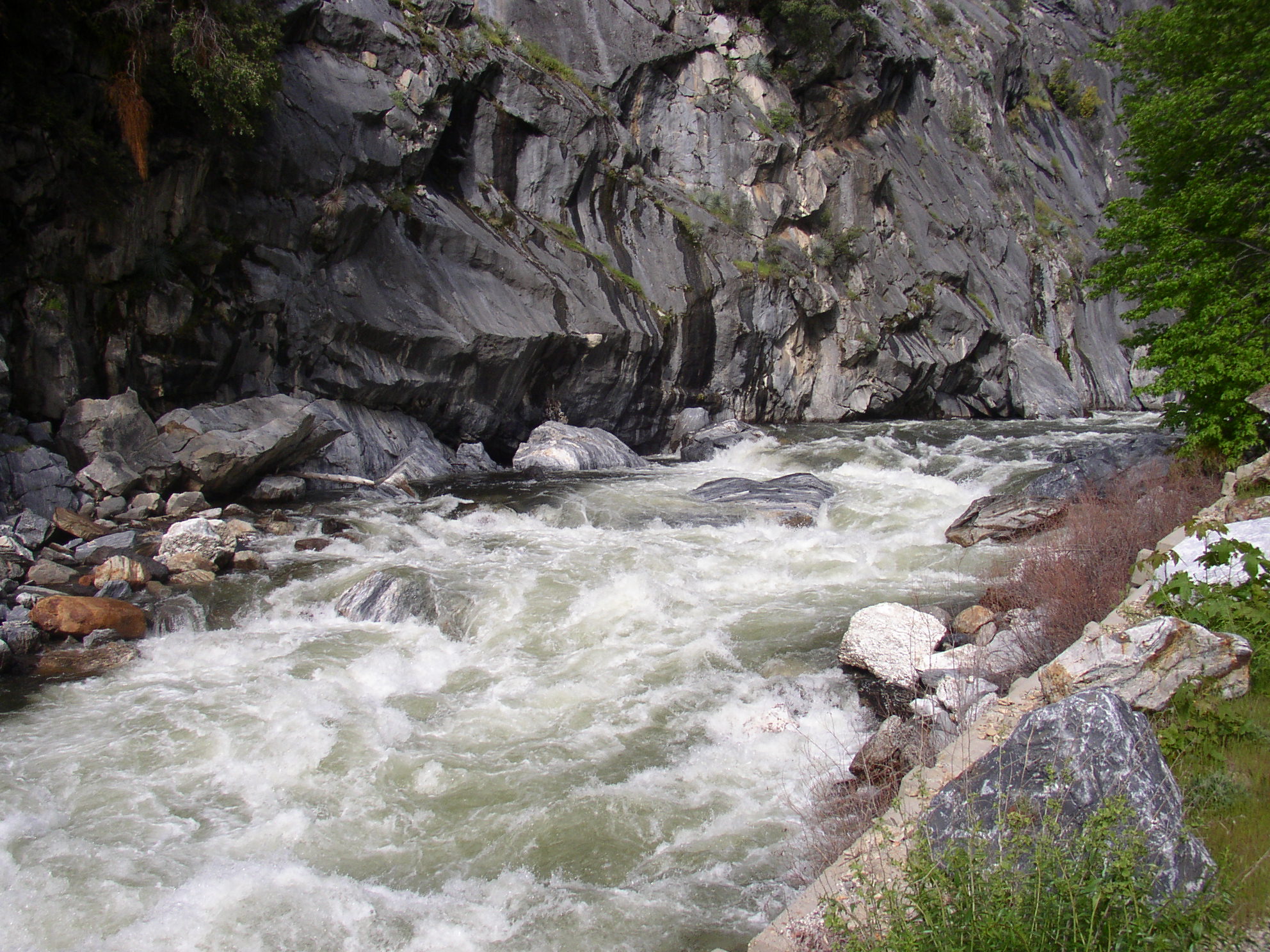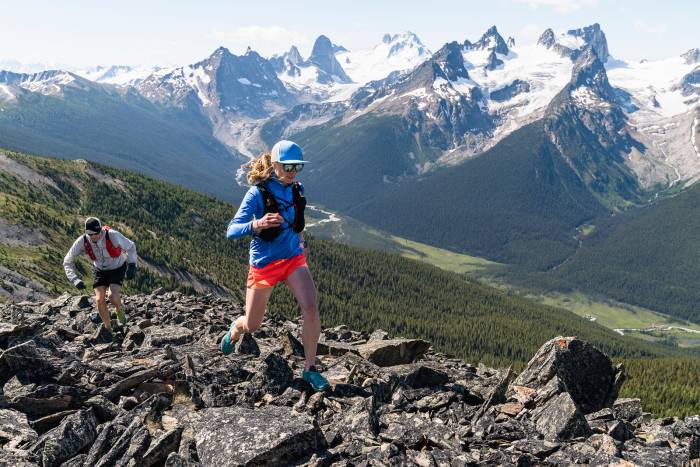Massive snowfall in California could replenish depleted reservoirs and help mitigate wildfires. But it could also throw a wrench in the works for Pacific Crest Trail thru-hikers.
In December 2021, 212 inches of snow (or 17.5 feet) buried the Lake Tahoe, California area. An average snow season for the area — which lasts about 6 months — yields 272 inches.
The record-breaking deluge follows a year of record drought and promises a wide array of both positive and negative outcomes. On Dec. 30, the region’s snowpack sat at 202% of its average for the date. If the snowfall keeps up its current pace, it could refill parched waterways and help remediate summer wildfires.
The heavy snowfall has also produced an active avalanche season and caused significant road closures. Later this summer, the snow could pose a wide array of consequences for thru-hikers on the popular Pacific Crest Trail.
Heavy Snow Adds Risk to Mountain Passes and River Crossings
Northbound PCT thru-hikers start between March and May, and the earliest starters arrive in the Sierra Nevada around June. After a heavy snow year, they can encounter either prohibitive snowpack at mountain passes or dangerous crossings at engorged rivers.

If this winter’s heavy Sierra snowstorms continue, hikers arriving at the range relatively late might find swollen crossings. On the other hand, early arrivals could encounter problematically dense snowpack.
According to PCT hiker Aaron Grafing (trail name Blue Beard), either scenario could derail a hike in a multitude of ways.
“If it looks like it’s going to be a snow year like 2017, [hikers] might be looking at the equivalent of technical mountaineering on snow [to get through some passes],” said Grafing.
He also pointed out that snowbound trails can prove impassible. While it’s almost always possible to turn around and hike out of a sticky situation, the added time and expense can destroy a thru-hike bid.
“Say it’s nasty in Kings Canyon. If you turn around and hike out, you’re probably looking at two extra days,” Grafing said. “And if it’s impassible, you might hitch a ride up to Sonora Pass, which is the end of the Sierras. Then, you’d have to try to come back for the section you missed after you finished in Washington.”
Most thru-hikes exist on tight budgets and schedules, so a big, unplanned detour can compromise either one.
Regardless of whether or not a hiker covers the trail’s full distance, melting snow still poses the biggest objective safety hazard. It’s more likely to take a bad fall on a slick, icy trail than on a dry one. Thru-hikers also travel light as a general rule, and cold, wet weather can pose an added risk when you’re less equipped to protect yourself against it.
Statistically, fording a river after a big snow year is one of the most deadly things a hiker can do on the PCT.

Deaths are rare on the trail, but in 2017, two hikers died while crossing rivers: one at the south fork of the Kings River, and another in Yosemite’s Kerrick Canyon. And 604 inches of snow had fallen the previous winter, ending a 3-year drought.
“Even more important than the snow, I think, is the amount of runoff in those rivers,” Grafing said. “If you’re going to die on the PCT, you’re probably going to do it trying to ford a river. A lot of thru-hikers are relatively competent in the mountains. But crossing a raging river is a specific skill — I think fewer people understand what their limits are in that situation.”
2022 Pacific Crest Trail Outlook
This summer should be a busy one on the PCT. The Pacific Crest Trail Association opened its final registration round for thru-hikers on January 11. Grafing said the daily allotment of 15 permits sold out before he made it through the queue, which can take up to 3 hours.
For thru-hikers who did earn a slot for 2022, they can only wait and see how the spring season shakes out. Snow can fall in the high Sierras as late as April. The California Department of Water Resources considers April 1 a benchmark date for determining how snowpack will affect water levels.
A lot can happen between now and then, but if the powder keeps piling up, thru-hikers could be in for a wild ride through the range.









